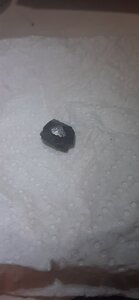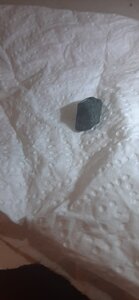Ctwmn
Rough_Rock
- Joined
- Nov 30, 2020
- Messages
- 5
Daylight green colour can be any number of gems, emerald, garnet sapphire, green amethyst (Prasiolite) tourmaline, Alexandrite. The gem could also be a lab grown variety (ie spinel and corundum).
Black light UV detects chromium, it is not a diagnostic test as such because even with gem groups some might fluoresce other not. Many lab grown gems fluoresce under UV.
Checking specific gravity will help identify gemstone variety but not between natural and lab grown material.
checking for inclusions can help, a perfect looking gemstone under moderate magnification is usually lab grown material.
Alexandrite glows a sort of orange colour under Black Light, the main test for Alexandrite is the colour change between daylight (green) and incandescent light (purple/red). Lab grown Alexandrite exists and will also show this phenomenon. Again, checking for inclusions usually IDs lab grown Alexandrite. Size is also an indicated, size over 2 carats is rare in natural Alexandrite. In Natural Alexandrite, like emerald, inclusions are expected.



 it is also very difficult to show the colors
it is also very difficult to show the colors